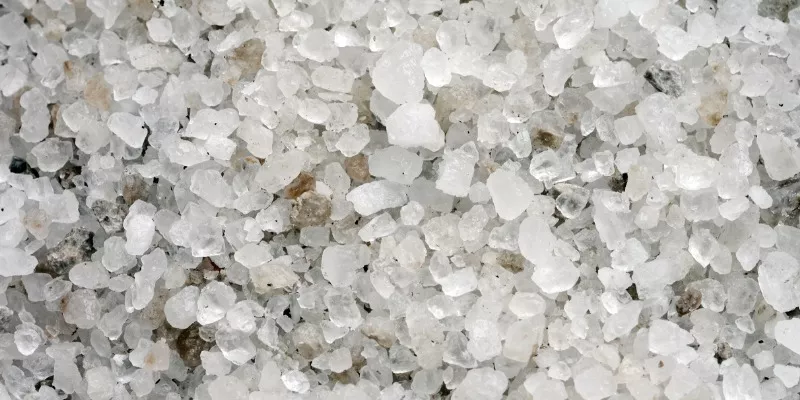That fact is that we need road salt to help keep our roads and sidewalks safe. Unfortunately, this salt, which is made up of sodium and chloride, dissolves after it’s laid down and can flow into nearby waterways. This affects the water it’s going into, as well as any wildlife that uses that water source.
Low concentrations of chloride can cause little to no effect. But higher concentrations can actually cause large pockets near the bottom of lakes, creating biological dead zones. And as these concentration levels rise, they can become quite fatal to aquatic life, such as plankton and fish. This can also have a huge effect on water quality.
By cutting down on the amount of salt we use, we keep more of the runoff out of our streams, ponds and lakes. Here are eight key tips for using road salt properly, while minimizing your environmental footprint.
Eight Tips on How to Properly Use Salt
- Shovel all snow first – This might seem like common sense, but some people believe salt can melt away large amounts of snow by just pouring it directly on the snow after it falls. Don’t do this. Shovel away as much snow as you can, so the salt can get the icy stuff underneath.
- Use salt on ice only – This goes hand in hand with the previous tip. Only use salt on actual ice. Don’t use it on snow. The salt won’t do the job you want it to, as well as being a waste of salt, money and adding to your environmental impact.
- Salt is stronger than you think – Salt is a tough substance that is capable of a lot. Use it sparingly. Try getting a small, old cup or container to use when dumping salt on the ice and only use a little bit of it at a time. A large bag of salt can last you all winter when used properly.
- Research other alternatives – Salt might be the most well-known solution, but it’s not the only option out there for combating ice. Sand is a very popular alternative in a lot of cities, along with organic, salt-free de-icer. There are also some organic outside-of-the-box solutions that people have tried out, like pickle brine, sugar beet juice, alfalfa meal, ash from fire places or coffee grinds.
- Keep an eye on where you’re laying salt – Avoid using salt around flower beds if you can, or limit the amount that you do use. Salt can severely impact your plants and flowers come springtime.
- Limit how much you wash your car in winter – Most sunny days, you’ll see a line up at car washes with people ridding their cars of salt. Try to avoid how much you do this. Whether at a car wash or in your driveway, the salty water runoff can flow into storm drains.
- Store your salt correctly – Make sure your bags of salt are wrapped up and stored in a bin or covered bucket. If you’re a snow removal company, ensure your salt pile is securely covered and watch your drainage.
- The sun is your friend – We are lucky to have an ultimate snow remover above us. The sun might not shine much in winter, but when it does let it help you keep your sidewalk and driveway clear of snow and ice. On sunny days, get out the shovel and ice breaker to help clear off as much ice as possible.
If you need salt, make sure you contact the experts at Lane’s Landscaping Supplies. They have your supply needs covered for all seasons.



